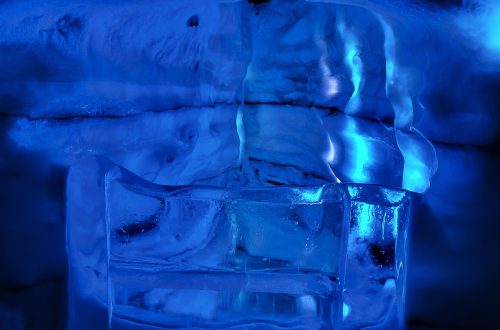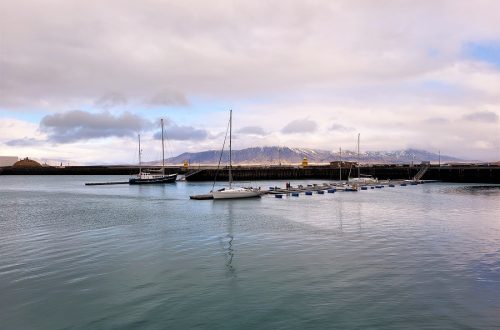In the historic market town of Amboise on the banks of the Loire, you’ll find Château du Clos Lucé, the large brick mansion where Leonardo da Vinci spent the last years of his life working for the French court.
The legendary artist-scientist-inventor had been enticed to France at the age of 64 by François I, who lent him the royal family’s summer house as a base, and da Vinci lived there for the next three years until his death on 2 May 1519.
The château, which was originally named Manoir du Cloux, was built by Hugues d’Amboise in the 15th century and it became a royal estate in 1490 when it was bought by Charles VIII.
Today, the château is owned by the Saint-Bris family, who’ve turned Clos Lucé into a museum dedicated to da Vinci’s life and work.
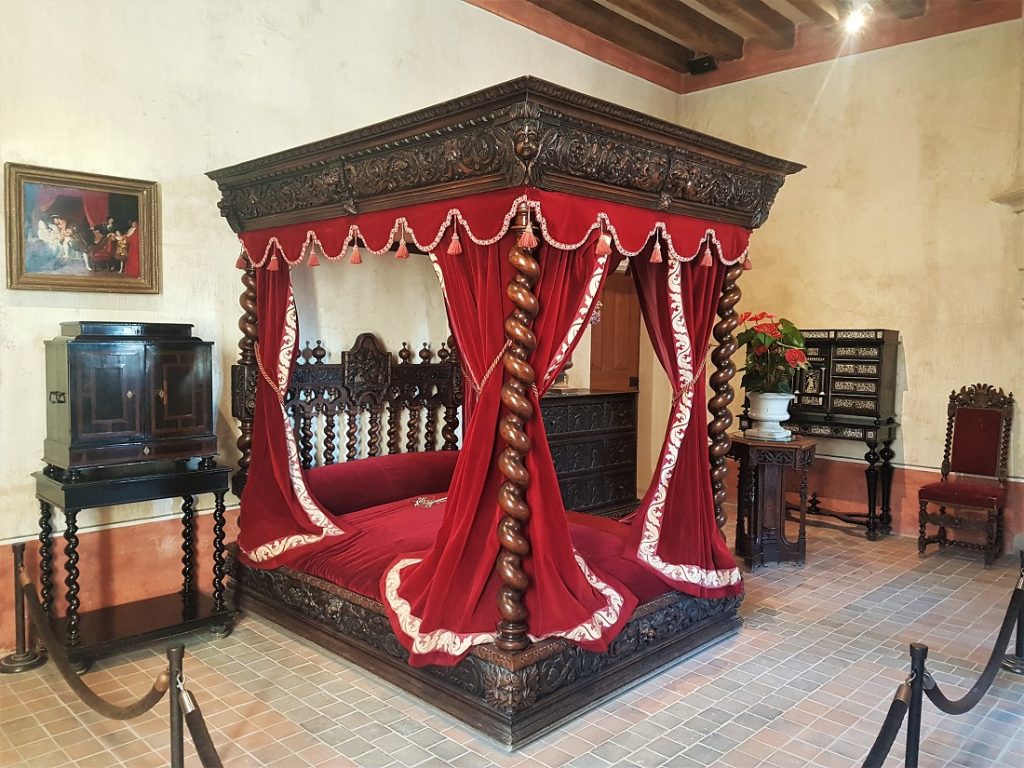
We started our visit to Clos Lucé by looking around the château, where our first port of call was the bedroom where da Vinci died (above).

There isn’t a huge amount to see inside the château, which has been furnished and decorated as it may have looked during da Vinci’s time.
We made our way through the manor house, stopping to look at the bedroom of François I’s sister Margeurite of Navarre who grew up at Clos Lucé, the tiny chapel, the kitchen and the grand dining room (above).

There were also three rooms that had been set out like da Vinci’s study and workshops (above and below).
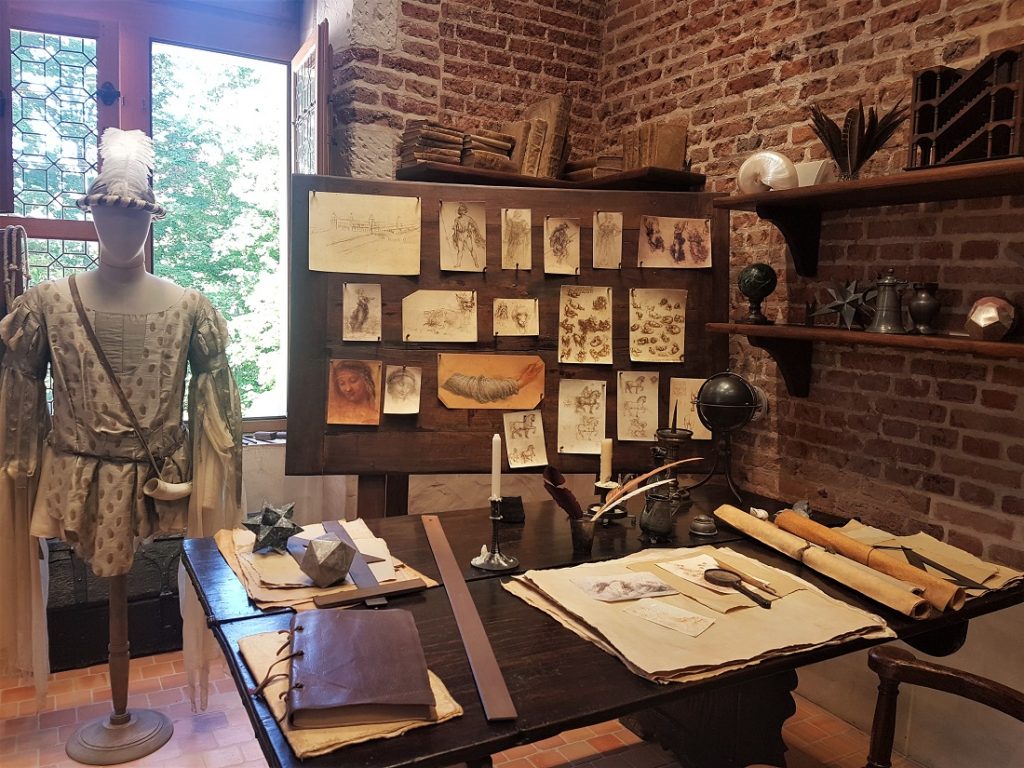
There were lots of school groups when we visited and as we walked around, we were often greeted by the sight of schoolchildren sitting quietly on the floor being regaled about Clos Lucé’s history by a costumed member of staff.
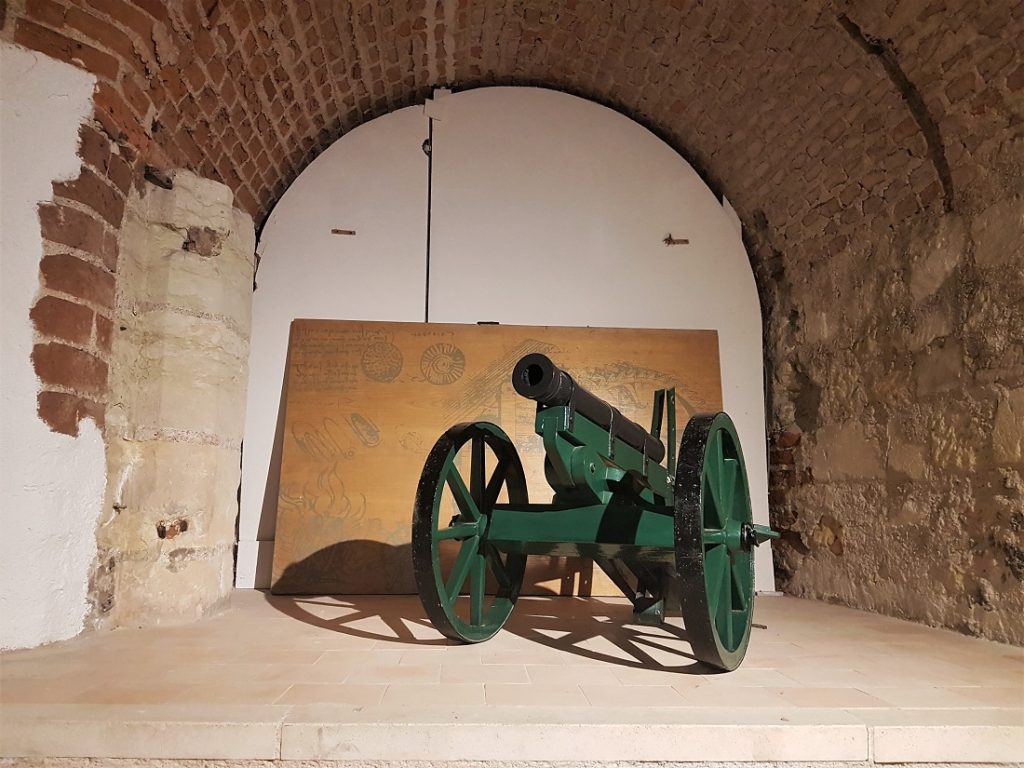
The lower floor of the château was dedicated to da Vinci’s many inventions – and there were fragile models of them all over the place.
I hadn’t realised how many prototypes da Vinci produced, and was amazed by the breadth of his work.
The designs included a lifebelt, three types of bridge (some of which are still used in principle today), a car and a water pump shaped like a screw.
He was an exceptional man and the exhibition really brought home what a forward-thinking genius da Vinci was.
The lower floor was also home to an entrance to a secret passage, which is thought to lead to Château d’Amboise some 500m away (no-one seems certain where it actually leads).
Legend has it, François I used to use the tunnel when he visited da Vinci.
Having looked around the château, we stopped for a quick drink in the café, then set off to explore the grounds.
The lush green gardens are quite extensive and are dotted with recreations of da Vinci’s work – his paintings and drawings, as well as his inventions.
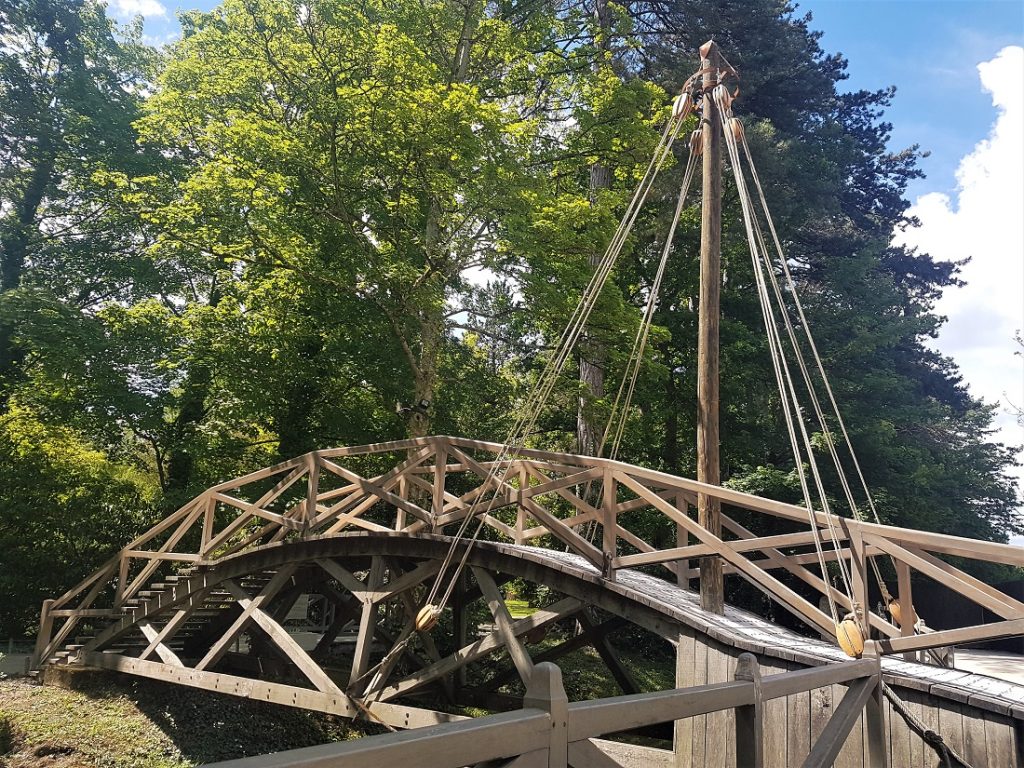
These included a number of bridges (above), along with a flying machine that was hanging from a tree (below).
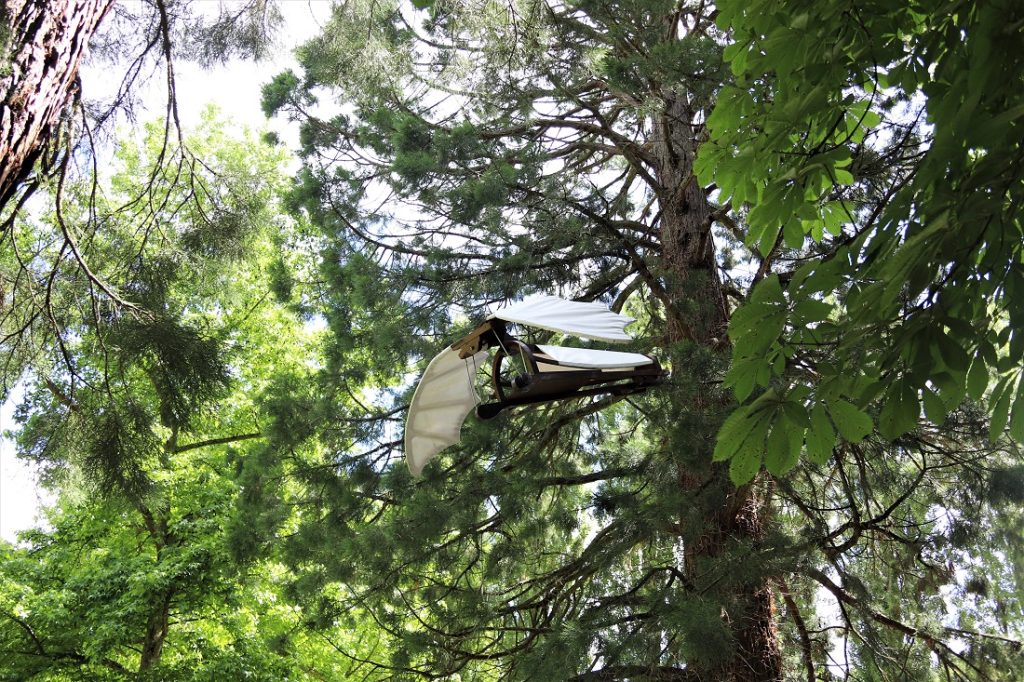
The inventions were a lot of fun and the schoolchildren were having a whale of a time playing with them.
They were a fantastic way for children (and adults!) to learn about da Vinci’s work.
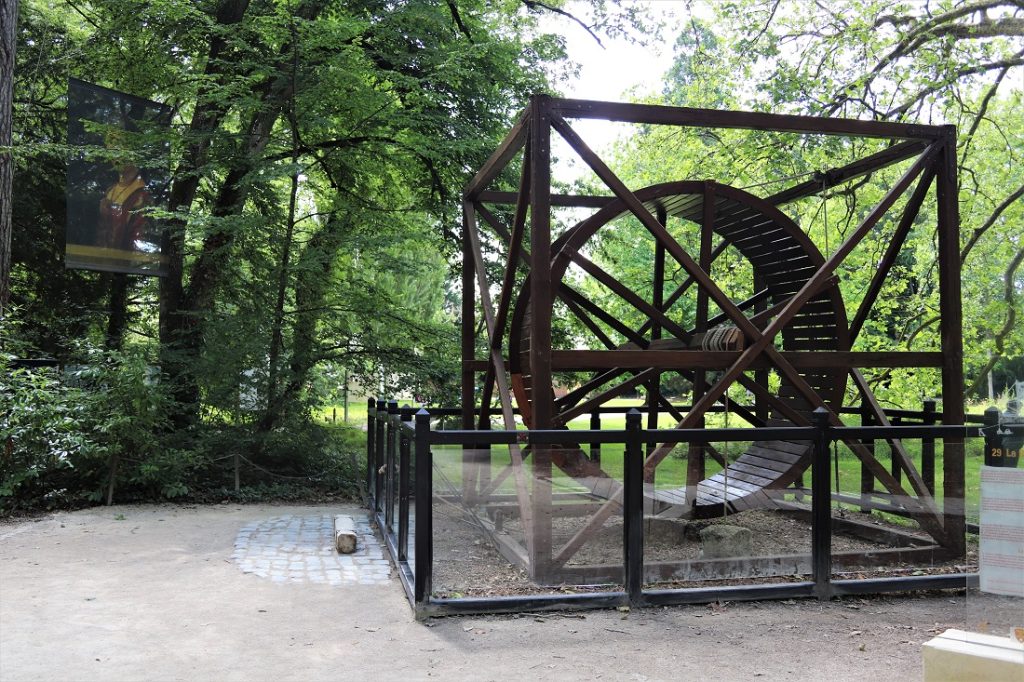
When I visited Clos Lucé in 2019, it marked 500 years since da Vinci’s death and to commemorate the occasion, there was a small exhibition in the grounds.
The exhibition featured replicas of his drawings, paintings (including the Mona Lisa and St John the Baptist) and maps of the area, along with paintings of François I and Louise of Savoy.
But the star of the show was a huge tapestry thought to have been woven in Flanders in the 1500s, recreating da Vinci’s The Last Supper.
No-one’s quite sure who made it or when it was made, but it had been hanging in the Vatican for centuries and it was the first time it had been loaned out for an exhibition.
The enormous tapestry was a faithful and skillful recreation of the world-famous mural – I’m not a fan of tapestries in general but even I was impressed by it.

I enjoyed our trip to Château du Clos Lucé. There was much more to the estate than I was expecting and I came away with a much better understanding of the range and inventiveness of da Vinci’s work.
It’s especially fun for children and the many schoolchildren we passed were having a fabulous time.




